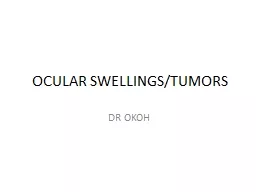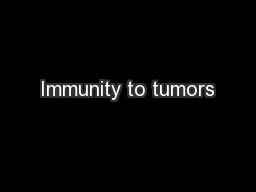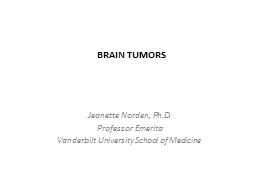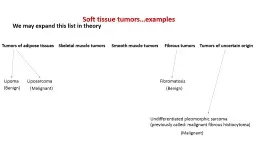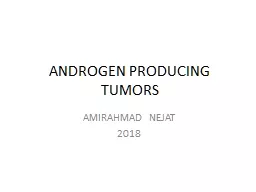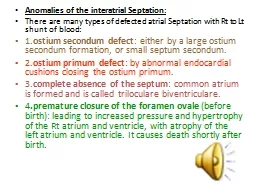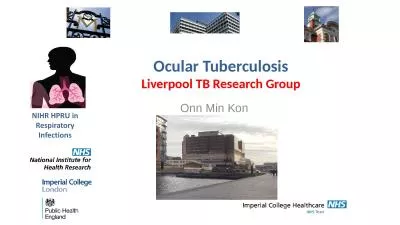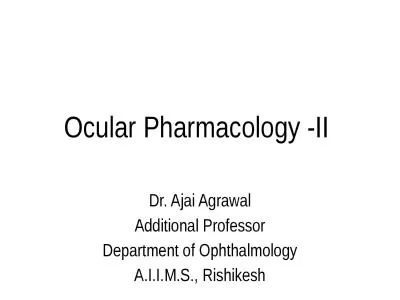PPT-OCULAR SWELLINGS/TUMORS DR OKOH
Author : hanah | Published Date : 2022-05-18
Eyelid swellings Localized swelling of the eyelids around the eyes Inflammationinfectious Tumour swelling without inflammation Benign slow growing do not invade
Presentation Embed Code
Download Presentation
Download Presentation The PPT/PDF document "OCULAR SWELLINGS/TUMORS DR OKOH" is the property of its rightful owner. Permission is granted to download and print the materials on this website for personal, non-commercial use only, and to display it on your personal computer provided you do not modify the materials and that you retain all copyright notices contained in the materials. By downloading content from our website, you accept the terms of this agreement.
OCULAR SWELLINGS/TUMORS DR OKOH: Transcript
Download Rules Of Document
"OCULAR SWELLINGS/TUMORS DR OKOH"The content belongs to its owner. You may download and print it for personal use, without modification, and keep all copyright notices. By downloading, you agree to these terms.
Related Documents

